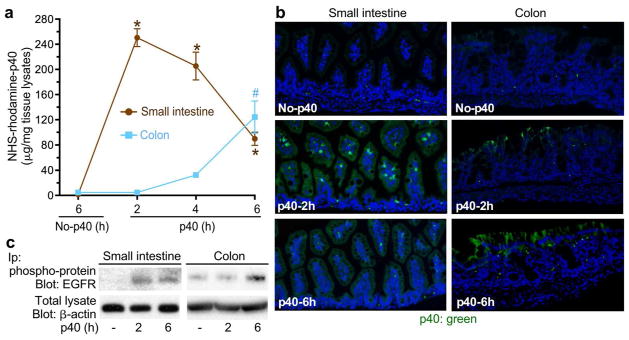Figure 1. Delivery of p40 to the small intestine and the colon using pectin/zein hydrogels.
14-day old mice were gavaged with hydrogels containing NHS-rhodamine-p40 at 10 μg/mouse and hydrogels without p40 (no-p40) as control. Mice were euthanized at indicated times after gavage. Soluble proteins from small intestinal and colonic mucosal tissues were prepared for examining fluorescent intensity (a). The NHS-rhodamine-p40 concentration in mucosal lysates was determined by comparing to the NHS-rhodamine-labeled concentration curve and presented as: μg p40 / mg tissue lysates. Paraffin-embedded tissue sections were prepared for observing NHS-rhodamine-p40 using fluorescent microscope (b). Tyrosine phosphorylated proteins in tissue lysates were immunoprecipited for Western blot analysis of total EGFR. Total tissue lysates were used for Western blot analysis with anti-β-actin antibody to confirm the equal amount of proteins used for immunoprecipitation. In a, * and # p<0.05 compared to the small intestine (*) and the colon (#) of the no-p40 group. n=3–5 mice for each group.

